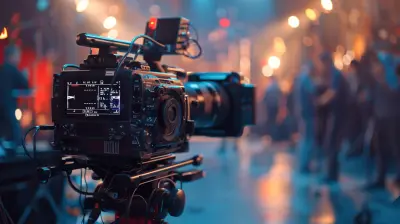Understanding Zoom: Optical vs. Digital Zoom Explained
14 August 2025
When you're shopping for a new camera or smartphone, one of the big selling points you’ll come across is "zoom." Whether you're capturing a beautiful sunset or trying to get a close-up of your favorite band at a concert, zoom plays a key role in how close you can get to your subject.
But here’s the thing—zoom isn’t just zoom. There are two main types: optical zoom and digital zoom, and they work very differently. Understanding the difference can help you make better decisions when buying a camera or using your phone's camera features.
So, what’s the deal with optical vs. digital zoom? Let’s break it down in simple terms.
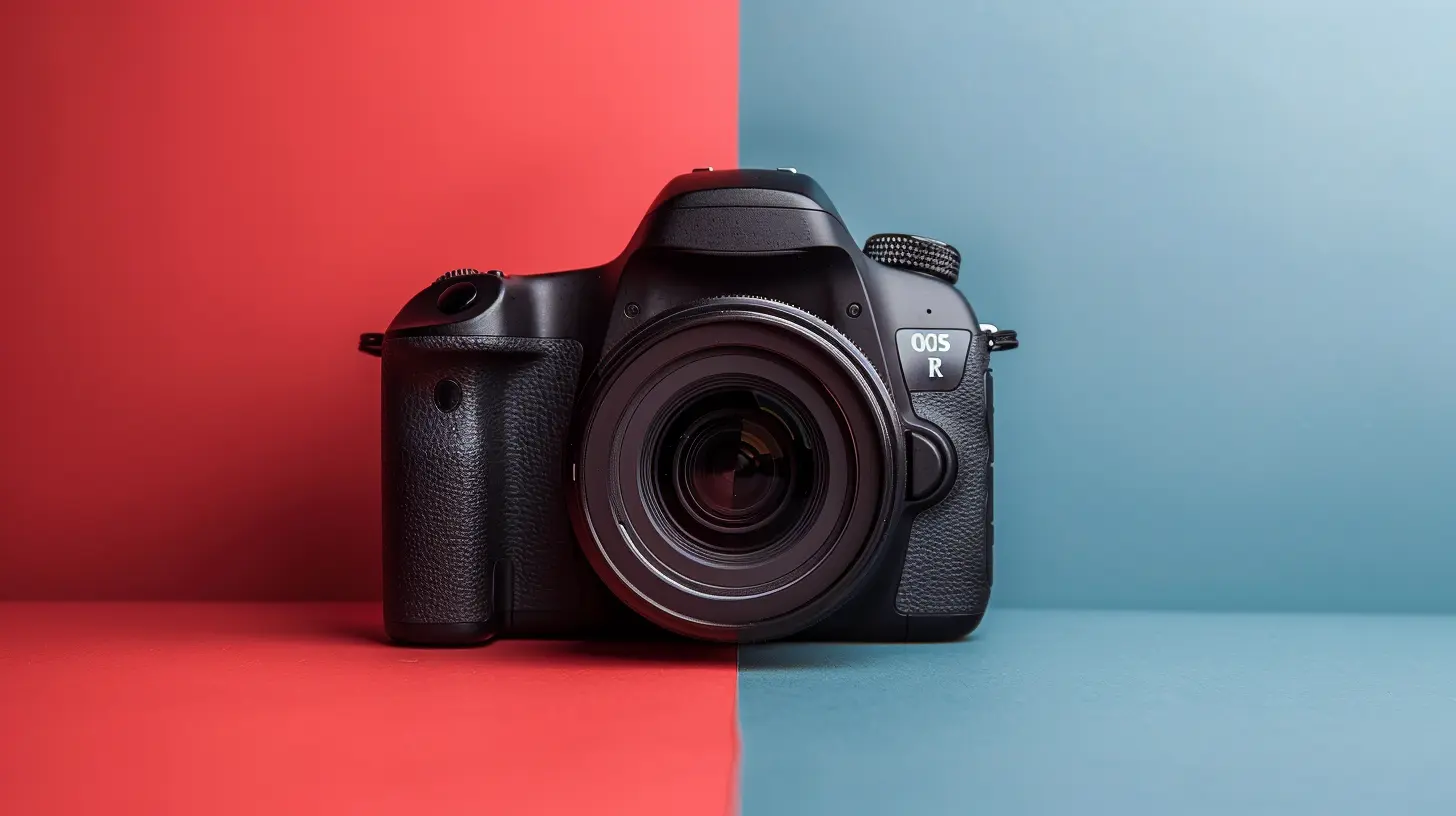
What Is Zoom in Photography?
Before we dive into the differences between optical and digital zoom, let's first understand what zoom actually means in photography.Zoom refers to how much you can magnify a subject without physically moving closer. Cameras achieve this by either adjusting the lens (optical zoom) or using software to artificially enlarge the image (digital zoom).
The quality of your zoomed-in shot depends greatly on whether you're using optical or digital zoom. And trust me—choosing the right one can make a world of difference in your photos. 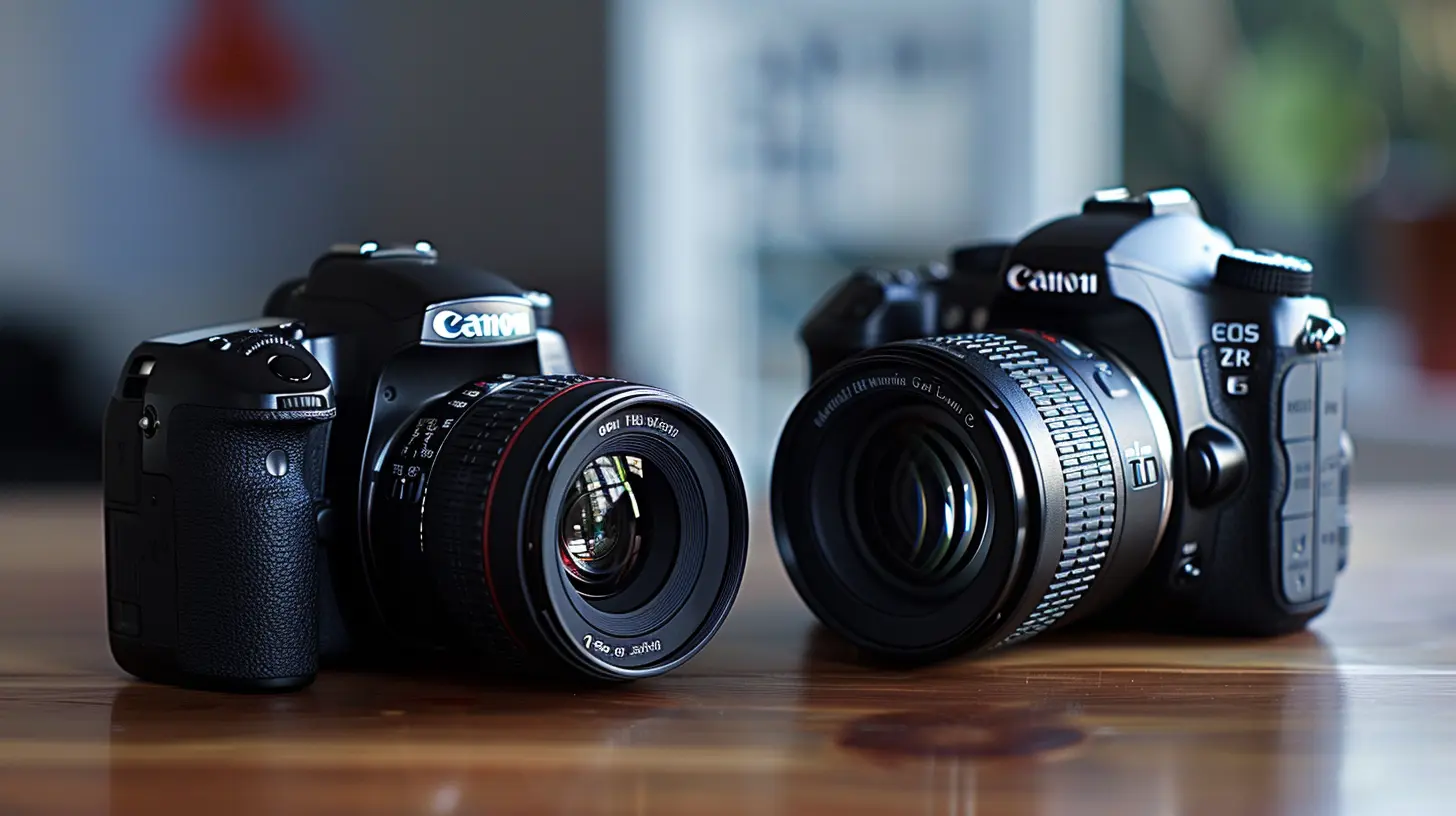
What Is Optical Zoom?
How Optical Zoom Works
Optical zoom physically adjusts the camera’s lens to magnify the subject. It’s like using a telescope—when you zoom in, the lens moves to bring distant objects closer without losing image quality.Most dedicated cameras, like DSLRs and mirrorless cameras, rely heavily on optical zoom because it provides true magnification without pixelation or loss of detail.
Why Optical Zoom Delivers the Best Quality
Because optical zoom actually moves the lens to adjust the focal length, it preserves image quality and maintains sharpness. Unlike digital zoom, it doesn't crop or stretch the image artificially.This is why professional photographers prefer lenses with high optical zoom capabilities—they get a crisp, clear shot without sacrificing resolution.
Examples of Optical Zoom
- DSLR or mirrorless cameras: Lenses like a 70-200mm zoom lens allow photographers to capture distant subjects with amazing detail.- Point-and-shoot cameras: Many compact cameras come with 5x, 10x, or even 30x optical zoom to help you snap great shots from afar.
- High-end smartphones: Some flagship phones have periscope-style telephoto lenses, offering true optical zoom up to 10x without quality loss.
Optical zoom is perfect for wildlife photography, sports, and any scenario where you need to zoom in while keeping high detail. 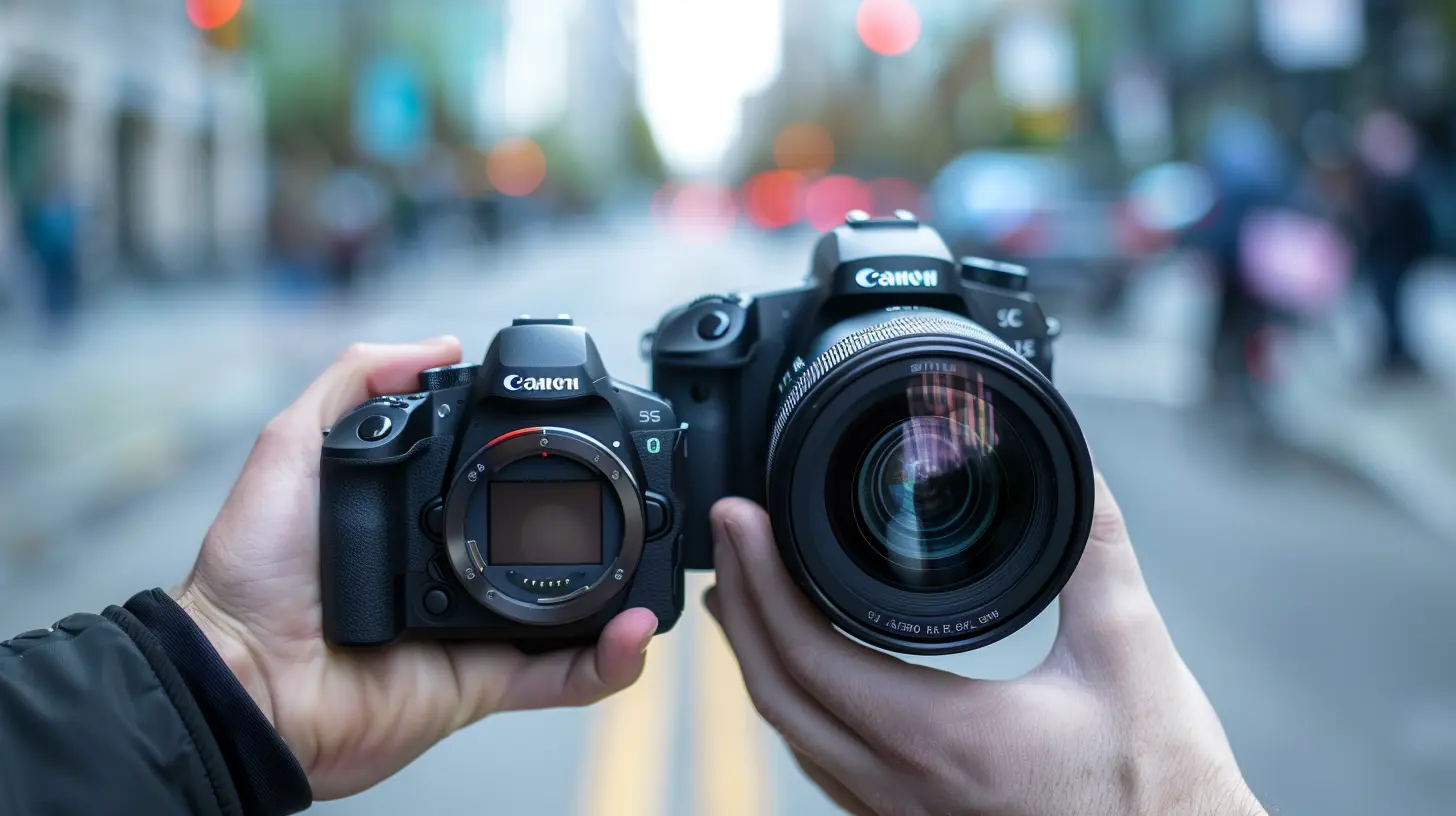
What Is Digital Zoom?
How Digital Zoom Works
Unlike optical zoom, digital zoom doesn’t actually magnify the subject. Instead, the camera crops the image and enlarges it digitally. This means it’s just taking a portion of the photo and stretching it to fill the frame.It’s like zooming in on a photo after you've taken it—it looks bigger, but it also gets blurrier.
Why Digital Zoom Lowers Image Quality
Because digital zoom artificially enlarges the image, it results in a loss of sharpness, detail, and overall quality. You may also notice pixelation or noise, especially if you zoom in too much.Think of it like stretching a rubber band—it doesn’t look the same once it’s pulled too far.
Examples of Digital Zoom
Most smartphones today rely on digital zoom when you zoom past their native optical zoom limit.- Smartphone cameras: If you zoom in beyond a phone’s optical zoom capability (say 2x or 3x), it's just digital zoom cropping the image.
- Cheap point-and-shoot cameras: Many budget cameras advertise "high zoom" but rely too much on digital zoom, which degrades image quality.
- Webcams: Most built-in laptop webcams use digital zoom, which results in a blurry and pixelated image the more you zoom in.
Digital zoom is best avoided whenever possible—it’s almost always better to get closer to your subject or use a camera with true optical zoom. 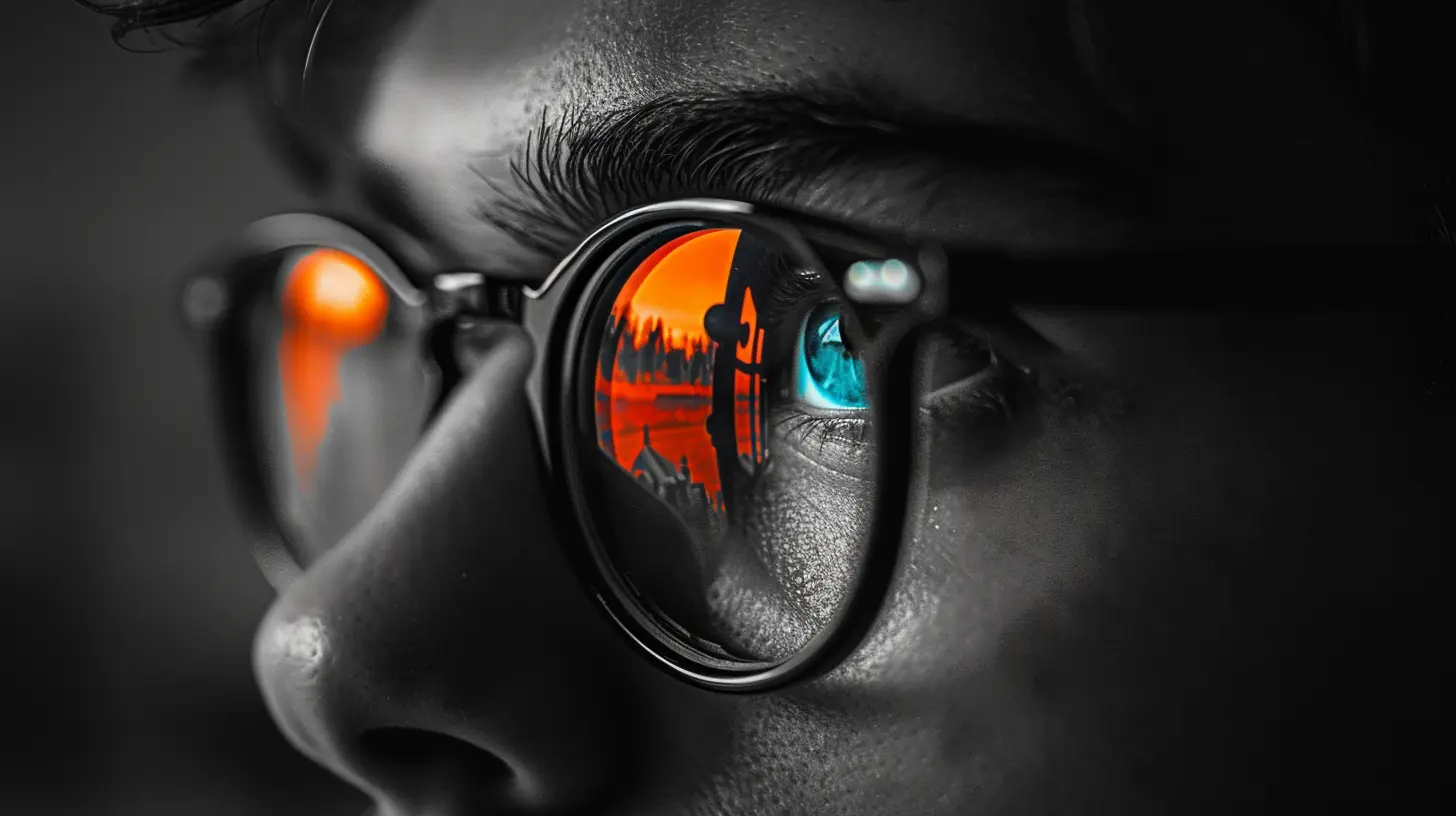
Optical vs. Digital Zoom: Key Differences
| Feature | Optical Zoom | Digital Zoom ||----------------|--------------|--------------|
| How It Works | Adjusts the lens to magnify the subject | Crops and enlarges the image digitally |
| Image Quality | Maintains sharpness and detail | Loses quality, becomes pixelated |
| Common Usage | DSLR, mirrorless, point-and-shoot cameras, flagship smartphones | Most smartphones, webcams, budget cameras |
| Best For | Professional photography, wildlife, sports, long-distance shots | Casual use where zooming quality isn’t critical |
If image quality is your priority, always go for optical zoom over digital zoom whenever possible.
Hybrid Zoom: The Best of Both Worlds?
Some modern smartphones advertise something called "hybrid zoom." This is a combination of optical zoom and advanced software processing to improve digital zoom results.For example, some flagship phones (like the Samsung Galaxy S23 Ultra or iPhone 15 Pro Max) use a combination of optical zoom and AI-based digital enhancements to produce clearer zoomed-in images.
While hybrid zoom is better than pure digital zoom, it still doesn’t match the clarity of a real optical zoom lens.
How to Get the Best Zoomed Photos
Even if your camera only has digital zoom, there are a few tricks to get better close-up shots without losing too much quality:1. Use Optical Zoom Whenever Possible – If your phone or camera supports optical zoom, always use it before relying on digital zoom.
2. Crop Instead of Zooming In – If you can’t physically get closer, take the photo at the highest resolution and crop it later using an editing tool.
3. Stabilize Your Camera – Zooming in amplifies shakes, so use a tripod or stabilize your hands to keep your shots sharp.
4. Use Higher Resolution Cameras – Higher MP (megapixel) sensors allow you to crop images without losing too much detail.
5. Adjust Lighting and Focus – Poor lighting can make zoomed-in shots look even worse, so ensure good lighting and proper focus.
Which One Should You Choose?
If you’re serious about photography or want the best possible shots, optical zoom is hands-down the better choice.However, if you're just casually taking photos with your phone, a mix of optical and hybrid zoom can still yield good results—just be mindful of the limitations of digital zoom.
When shopping for a camera or smartphone, check how much optical zoom is available rather than being swayed by big "digital zoom" numbers (which are mostly marketing hype).
Final Thoughts
At the end of the day, zoom matters—but how you zoom makes all the difference.Optical zoom gives you clear, high-quality images by physically adjusting the lens, while digital zoom artificially enlarges the image, often at the cost of detail and sharpness.
So, the next time you're zooming in to capture that perfect shot, remember: if you can go optical, go for it! Your photos will thank you.
all images in this post were generated using AI tools
Category:
Digital CamerasAuthor:

Michael Robinson
Discussion
rate this article
1 comments
Alana Newman
Great insights on zoom technology! Understanding the difference between optical and digital zoom empowers us to make better choices in photography and videography. Embrace these tools to elevate your creative projects and capture stunning moments—every detail matters! Keep exploring and innovating!
August 23, 2025 at 3:31 AM

Michael Robinson
Thank you for your insightful comment! I'm glad you found the distinctions between optical and digital zoom helpful for enhancing your creative projects. Keep experimenting and capturing those stunning moments!
